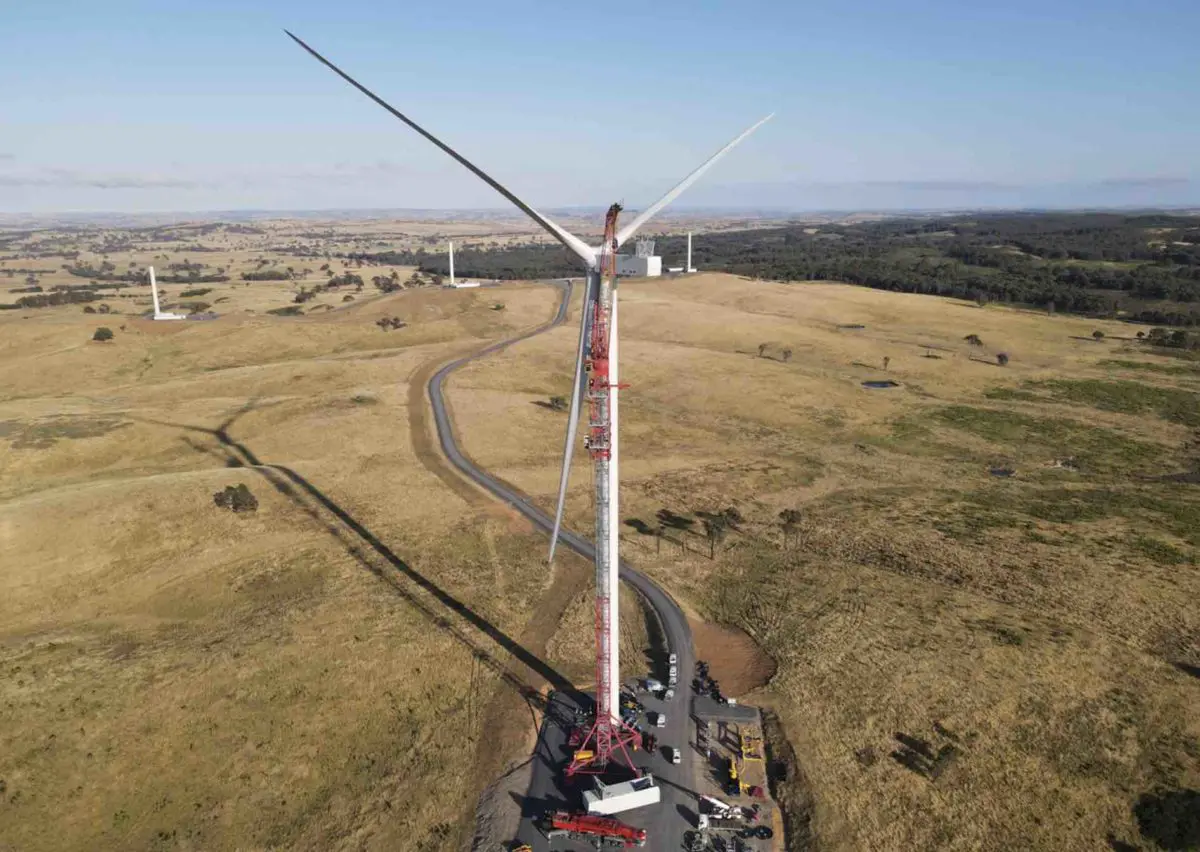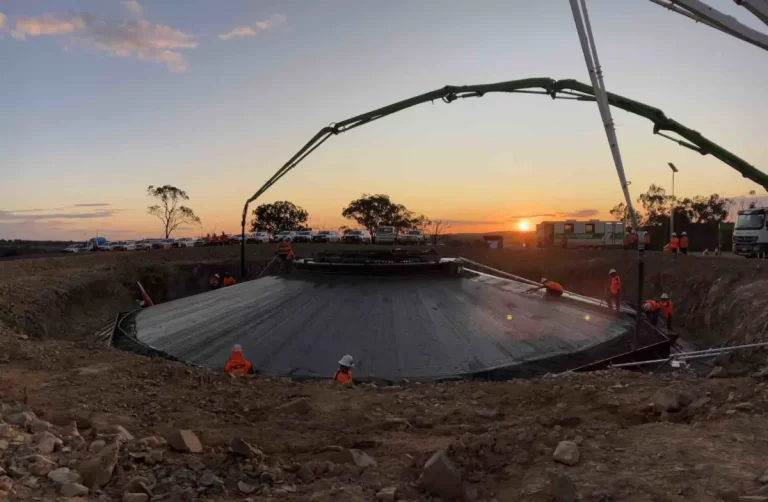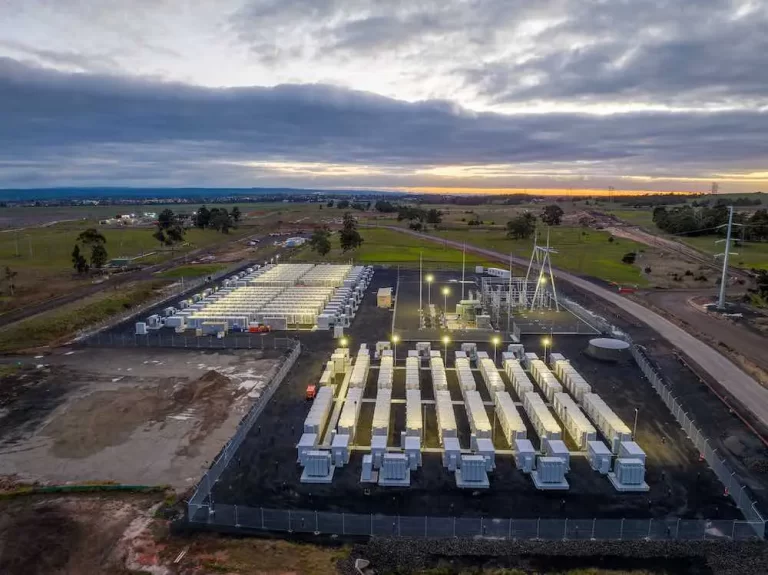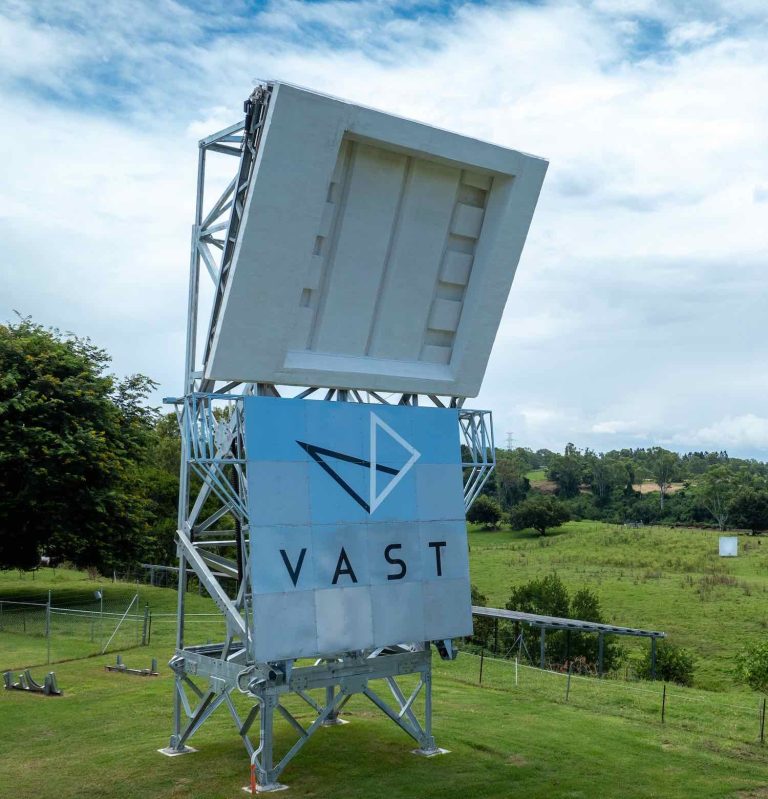“Protect Capacity Investment Scheme from Zombies: 5 Crucial Strategies”
The federal government’s Capacity Investment Scheme aims to induce 23 gigawatts (GW) of new variable renewable energy capacity, requiring a significant increase in the speed and scale of renewable energy deployment.
To achieve the target, 23 GW of projects need to be selected and contracted within four years, with a goal of completion by 2030, equating to nearly 6GW per year.
State Involvement and Demand Growth
In addition to federal efforts, state governments, particularly NSW, must continue underwriting new capacity to reach the 82% renewable energy target, considering the projected increase in electricity demand due to transport and gas electrification.
Quarterly Review and Project Requirements
The Renewable Energy Market and Investment Review suggests the need for 32GW of new large-scale renewable energy projects for the grids, highlighting the importance of rapid growth in rooftop solar installations.
With an average two-year construction timeline per project, a commitment of 8 GW annually from 2024 to 2027 is essential to meet the 32GW target by 2030.
The challenge lies in surpassing historical construction commitments, as illustrated in Australia’s annual renewable energy project chart.
Efficient Contracting Processes
While progress has been made in government contracting for renewables, lengthy evaluations on various project aspects can hinder the effectiveness of the process, leading to underperforming projects and economic challenges.
Thorough evaluations are crucial to avoid unrealistic bids and ensure successful project delivery, as demonstrated by past tendering programs.
Ensuring Timely Project Execution
Delays in project execution can undermine the effectiveness of government programs, highlighting the importance of efficient evaluation and selection processes.
The need for quick action is evident, considering the time lag between contract award and project commencement.
Strategies to Mitigate Risks
Five key strategies are proposed to address the risks associated with project delays and inefficiencies in the selection process:
1. Implement oversubscribed tender rounds to create competition and expedite project commitments.
2. Introduce standing offer underwriting contracts to reward projects progressing swiftly outside the tender process.
3. Require projects to have necessary approvals before tender eligibility to avoid delays.
4. Keep tenders at a national level to foster competition among states and ensure optimal project selection.
5. Separate community engagement criteria from the tender process and address them through planning policies.
By adopting these strategies, the government can streamline the renewable energy rollout and minimise the risks of project delays and failures.
Tristan Edis, Director of Analysis and Advisory at Green Energy Markets, emphasises the importance of efficient decision-making to drive sustainable energy investments and policy decisions.

34-768x522.jpg)




